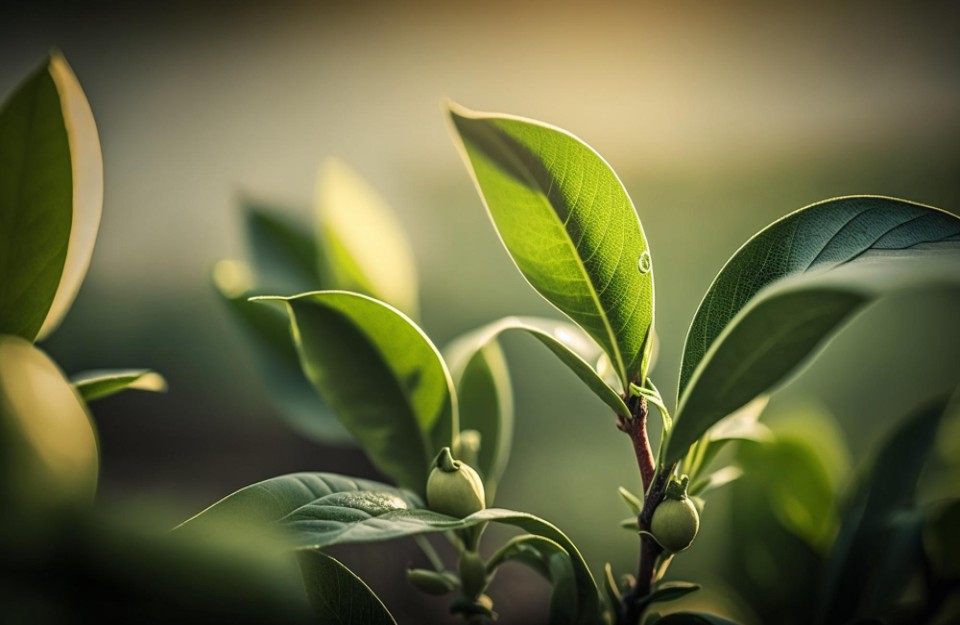
The threat of drought in Kerala, 90 percent less rainfall than normal in August, and its impact on agriculture. The southwest monsoon arrived on the shores of Kerala on June 8th, but since then, its progress has been disappointing, posing a threat of drought to the state. Kerala has been playing a waiting game since the first monsoonal rains on June 8th, after a hidden dry spell of over two months. Normally, the state receives the highest rainfall between June and mid-August, which has been significantly reduced in 2023. Its widespread impact is being seen on agriculture.
According to meteorological department data, Kerala usually receives an average of 1556 mm of rainfall from June 1st to August 15th, but this year, only 877.1 mm of rainfall has been recorded, marking a 44 percent deficit. Rainfall was significantly deficient in June, with a 60 percent deficit, as per the meteorological department, whereas July had better rainfall with only a 9 percent deficit. However, the situation in August is worse, as many parts of the state have not seen any rain in August. Instead of the usual 254.6 mm of rainfall in Kerala from August 1st to 15th, only 25.1 mm of rain occurred. This amounts to nearly a 90 percent rainfall deficit.
Normally, Kerala experiences heavy rainfall during August, which is known as the Malayalam month of 'Karkidakam' and is considered ideal for Ayurvedic treatments. However, the lack of rain is increasing the risk of drought in the state. The Indian Meteorological Department (IMD) has also predicted that there will be no rain in the state for the next 15 days, increasing the likelihood of drought. September doesn't look promising either, as it typically sees very little rainfall in the state. During the four-month monsoon period from June to September, Kerala usually receives approximately 2018.7 mm of rainfall, with only 13 percent occurring in September. According to meteorological department officials, there is little chance that the rainfall deficit from June to August will be compensated for by the rainfall in September.
The water levels in the state's reservoirs are also significantly below normal, and Kerala, which relies mainly on hydroelectric projects for its electricity generation, has only 37 percent of water storage capacity in its managed reservoirs. The Electricity Minister has informed the media that the state is considering options due to the shortage of water and potential power cuts. Plans are being made to procure electricity from external sources at higher costs. According to the IMD, Kerala has experienced only 14 instances of reduced rainfall since 1901, with the last one occurring in 2016.